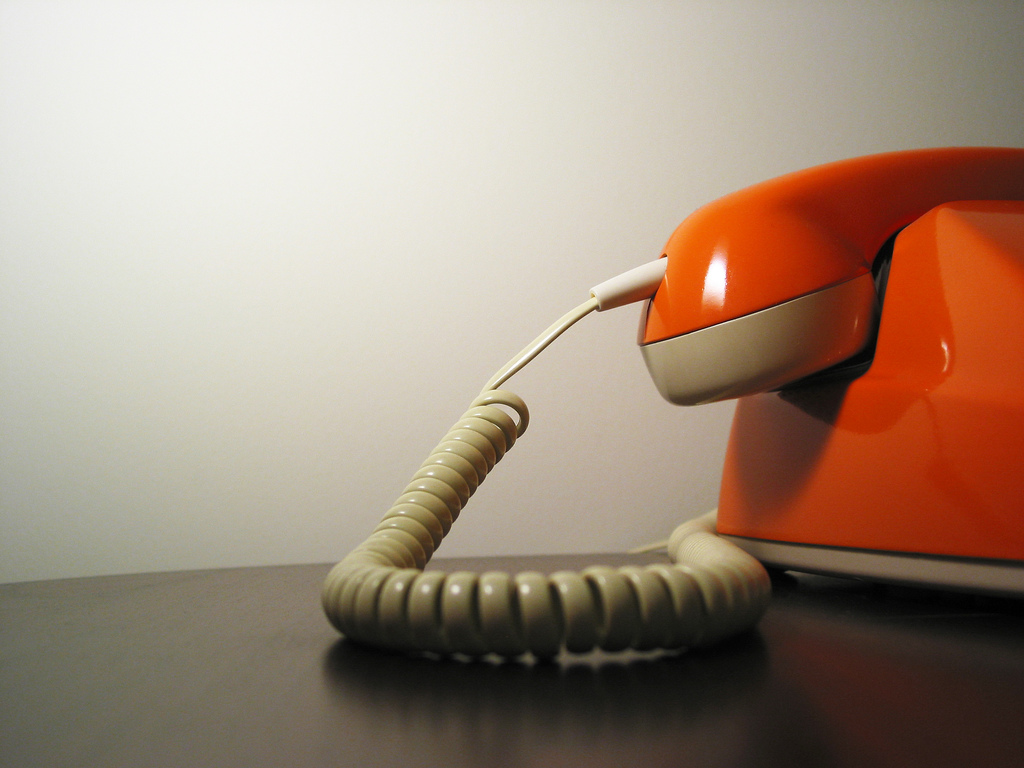Following the first meeting between Japanese Prime Minister Shinzo Abe and Chinese President Xi Jinping in November 2014, Tokyo and Beijing have resumed official talks to turn the East China Sea into a zone of “peace, cooperation, and friendship.” On January 12, representative from each country’s defense ministry, navy, and air force met in Tokyo and reaffirmed their commitment to establishing a maritime and air communication mechanism to prevent crisis in and above the East China Sea. Also, on January 22, both countries held the Japan-China high-level consultation on maritime affairs in Yokohama, in which all the principle maritime-related organizations on both sides, including coast guards, got together for the third time.
Tokyo and Beijing essentially reached an understanding on the structure of their maritime communication mechanism in June 2012. Under the mechanism, the two defense authorities would establish hotlines, regular consultations, and common communication methods between ships for risk mitigation. The January 12 meeting reaffirmed this understanding and the parties agreed to seek a mechanism for communication between aircraft given the higher frequency of Japanese and Chinese air operations. It is expected that the talks will continue and be upgraded to the ministerial or vice ministerial level to implement the mechanism later this year.
Different views on freedom of navigation and overflight will continue to produce incidents or close encounters at sea and in sky even if this communication mechanism is implemented. But such a mechanism is still necessary for Japan and China to reduce misperception, increase predictability, and lower the risk of accident that could escalate given profound mutual mistrust and ongoing defense buildups by both countries.
Meanwhile, such a mechanism needs to be endorsed by a common maritime code of conduct based on the International Regulations for Preventing Collisions at Sea (COLREGS) and the Code for Unplanned Encounters at Sea (CUES) for risk prevention. CUES was adopted by regional navies when China hosted the Western Pacific Naval Symposium in April 2014, and the Japanese and Chinese navies should start to implement CUES when they encounter one another in the East China Sea even before the bilateral mechanism is formally implemented.
The high-level maritime consultation is also developing as an effective confidence-building measure between Tokyo and Beijing. The first meeting was held in Hangzhou in May 2012 and the second one was supposed to be held in Japan later that year. This did not occur due to the high tensions between the parties after September 2012. The second meeting was held in Qingdao in September 2014, where Tokyo and Beijing agreed to build mutual understanding on maritime affairs. At the January 22, 2015 meeting, the two countries established four working groups on policy/law of the sea, maritime defense, maritime law enforcement, and maritime economy, and also agreed to seek a dialogue between the two coast guards.
In short, there are positive signs of improvement. However, as the year 2015 marks the 70th anniversary of the end of World War II, history may hinder overall Japan-China cooperation again. At the same time, this anniversary is an opportunity to calm down the tension over historical interpretations of imperial Japanese aggression. How Prime Minister Abe will balance history with Japan’s future role in the region will be of critical importance when he makes a statement commemorating the 70th anniversary in August.
